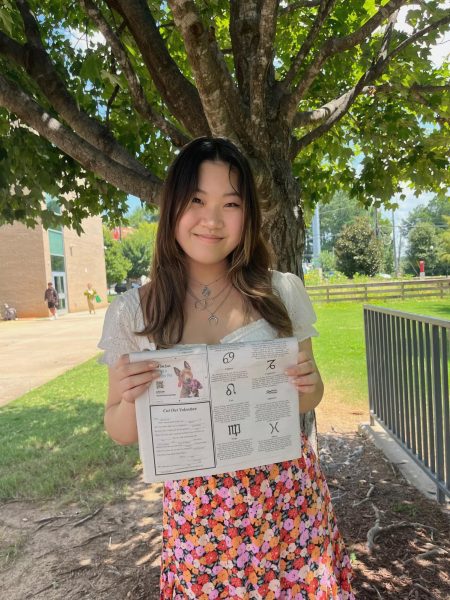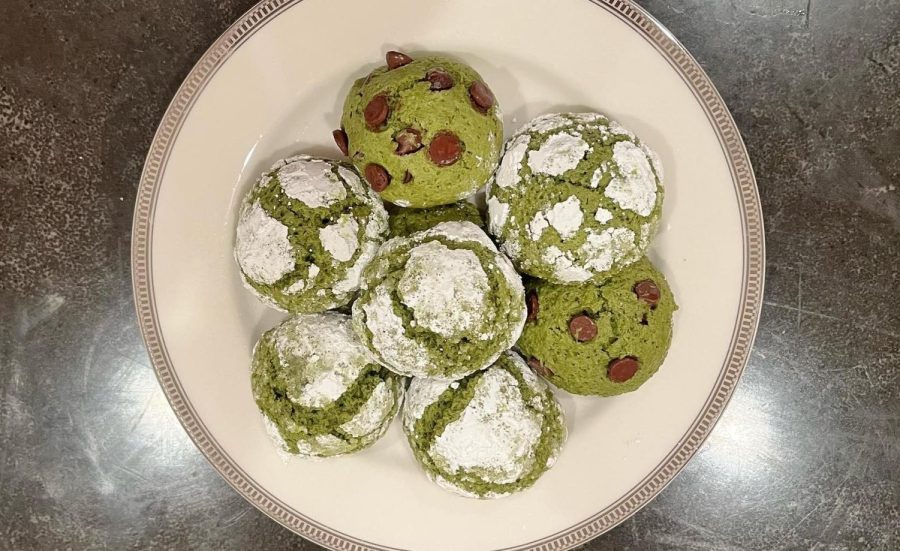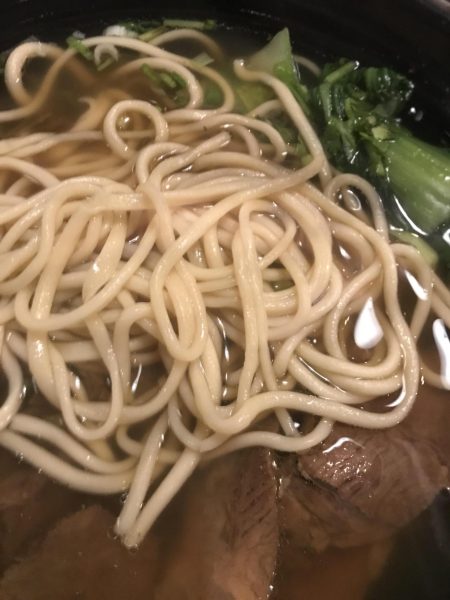A Match-a Made in Heaven: An Ode to Matcha
Matcha has become increasingly popular, with influencers including it in their aesthetic morning routines and beautiful matcha drinks populating social media feeds. As someone who drinks matcha almost religiously (I seriously drink matcha at least once a day) and loves matcha-flavoured items, from ice cream to Kit-Kats, this is my formal token of appreciation.
Like many teas, matcha has its origin rooted in China, spanning back to the 7th-10th centuries under the Tang Dynasty. However, matcha is most commonly associated with Japan, a linkage that can be traced to its introduction to the country by a Zen Buddhist monk in the 1100s. This monk brought some tea seeds back to Japan after studying in China and proceeded to establish “the way of tea,” or a meticulous process of tea preparation to honor “the beauty found among the otherwise flawed world.”
During this tea ceremony, the matcha was grown and used in a powdered form before being incorporated with boiling water via a bamboo whisk. Originally, the tea leaves remained suspended in the drink, rather than being strained out like in steeped teas. Elements of this process are still used among matcha-drinkers today, with some people using wooden matcha whisks to prepare their matcha.
The matcha most commonly used in everyday life is categorized as “culinary grade,” while that used in traditional settings is “ceremonial grade.” The tea can also be grouped based on its origin. A famous type is Uji Matcha from Uji, Kyoto. Uji Matcha is usually of high quality, often regarded as the highest grade of matcha in Japan.
Matcha is a form of green tea, its etymology stemming from a combination of the Japanese words “matsu,” meaning to rub/daub/paint and “cha,” or tea. Matcha is grown in accordance with strict standards, only being taken from tea plants that have a bright green color due to elevated amounts of chlorophyll. This color is one of the distinguishing traits of matcha from regular green tea. Only the buds and top three layers of the tea plant, Camellia sinensis, are harvested while it is still young. Next, the leaves are steamed to stop oxidation (reaction with oxygen), deveined, and ground into a powder in stone mills. The intensive standards and labour matcha requires in order to reach its commercial form lends to it being one of the most expensive teas.
So, why has matcha become so trendy in recent years? The tea is widely touted as having a multitude of health benefits, especially in relation to matcha’s antioxidants. However, some of these claims are exaggerated, with some even connecting matcha to prevention of diabetes and HIV. Nonetheless, matcha has been shown to contribute to better memory and perception, alleviation of stress and anxiety (something I’m sure students appreciate!), and reducing blood pressure and cholesterol.
Most people describe the taste of matcha as “nutty” and “grassy,” with some bitterness. Some of my favorite ways to enjoy matcha at home include pure tea (whisking the matcha powder with hot water) and matcha lattes with oat milk. The matcha powder I use is SEN CHA’s “Organic Everyday Matcha Powder,” available on Amazon or at Costco. Here are some of my recommendations for matcha-flavoured items I’ve enjoyed around Atlanta. If you haven’t liked matcha in the past, maybe one of these choices will change your mind!
-

Swirled matcha soft serve from the Matcha Café Maiko.
Photo by Hannah ChoyMatcha Soft Serve at the Matcha Café Maiko: I highly recommend getting the cone with matcha soft serve, or the swirl if they have a monthly flavour that you would like to try! This café is an international chain that specialises in matcha desserts and drinks, and is known for using ceremonial grade matcha from Kyoto, Japan.
Address (2 locations): 5306 Buford Hwy NE Ste B, Atlanta, GA 30340 or 2131 Pleasant Hill Rd #139, Duluth, GA 30096
- Crème Brúlée Uji Matcha with Boba at Tea Leaf and Creamery: I have had this drink many times, and it is one of my go-to boba orders whenever I go to Tea Leaf. This drink combines matcha with brown sugar tapioca pearls and creamy “crème brúlée” custard, making it a crowd-favorite.
Address (2 locations): 2052 N Decatur Rd, Decatur, GA 30033 or 5091 Buford Hwy NE D, Doraville, GA 30340
- Matcha Kit-Kats from H Mart: H Mart is an Asian supermarket chain that contains a plethora of specialty items, one being matcha Kit-Kats from Japan. These Kit-Kats are unlike American ones, being less sweet, coming in a paper package rather than plastic, and are shorter in length. To me, these wafers strike a perfect balance of sweetness in contrast to the bitter matcha, and are a favorite snack option any time we purchase them.
Address (many locations, but here is the one closest to Chamblee): 6035 Peachtree Rd bldg b, Doraville, GA 30360
- Matcha Crinkle Cookies: Okay, this one deviates from items you can buy around Atlanta, but they were too delicious not to include on the list. I followed this recipe for these cookies, and they were divine! Again, these are more attuned to the Asian palate of less sweet desserts, but are fudgy and highlight a great matcha flavor. I suggest baking a few off after making the batch and freezing the rest for on-demand, fresh cookies whenever you have a craving 🙂
To read more about matcha, check out these sources:
Your donation will support the student journalists of Chamblee High School Blue & Gold. Your contribution will allow us to print editions of our work and cover our annual website hosting costs. Currently, we are working to fund a Halloween satire edition.

Hannah Choy (‘24) is a senior and editor of the Blue & Gold. In five years, she hopes to be happy wherever life has taken her, and is doing things she is passionate about. Her three favorite things are matcha, baking for loved ones, and Spotify friend activity!









